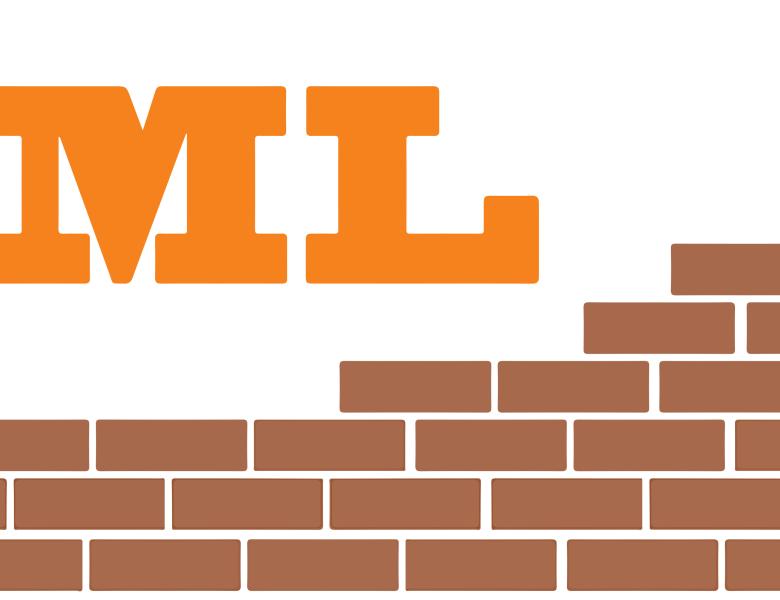
Abstract
Wouldn't it be nice if machines could understand content in images and communicate this understanding as effectively as humans? Such technology would be immensely powerful, be it for aiding a visually-impaired user navigate a world built by the sighted, assisting an analyst in extracting relevant information from a surveillance feed, educating a child playing a game on a touch screen, providing information to a spectator at an art gallery, or interacting with a robot. As computer vision and natural language processing techniques are maturing, we are closer to achieving this dream than we have ever been.
In this talk, I will present two ongoing thrusts in my lab that push the boundaries of AI capabilities at the intersection of vision, language, and commonsense reasoning.
Visual Question Answering (VQA): I will describe the task, our dataset (the largest and most complex of its kind), our model, and ongoing work for free-form and open-ended Visual Question Answering (VQA). Given an image and a natural language question about the image (e.g., “What kind of store is this?”, “How many people are waiting in the queue?”, “Is it safe to cross the street?”), the machine’s task is to automatically produce an accurate natural language answer (“bakery”, “5”, “Yes”). We have collected and recently released a dataset containing >250,000 images, >760,000 questions, and ~10 million answers. Our dataset is enabling the next generation of AI systems, often based on deep learning techniques, for understanding images and language, and performing complex reasoning; in our lab and the community at large.
Learning Common Sense Through Visual Abstraction: Common sense is a key ingredient in building intelligent machines that make "human-like" decisions when performing tasks -- be it automatically answering natural language questions, or understanding images and videos. How can machines learn this common sense? While some of this knowledge is explicitly stated in human-generated text (books, articles, blogs, etc.), much of this knowledge is unwritten. While unwritten, it is not unseen! The visual world around us is full of structure bound by commonsense laws. But machines today cannot learn common sense directly by observing our visual world because they cannot accurately perform detailed visual recognition in images and videos. This leads to a chicken-and-egg problem: we would like to learn common sense to allow machines to understand images accurately, but in order to learn common sense, we need accurate image parsing. We argue that the solution is to give up on photorealism. We propose to leverage abstract scenes -- cartoon scenes made from clip art by crowd sourced humans -- to teach our machines common sense.


